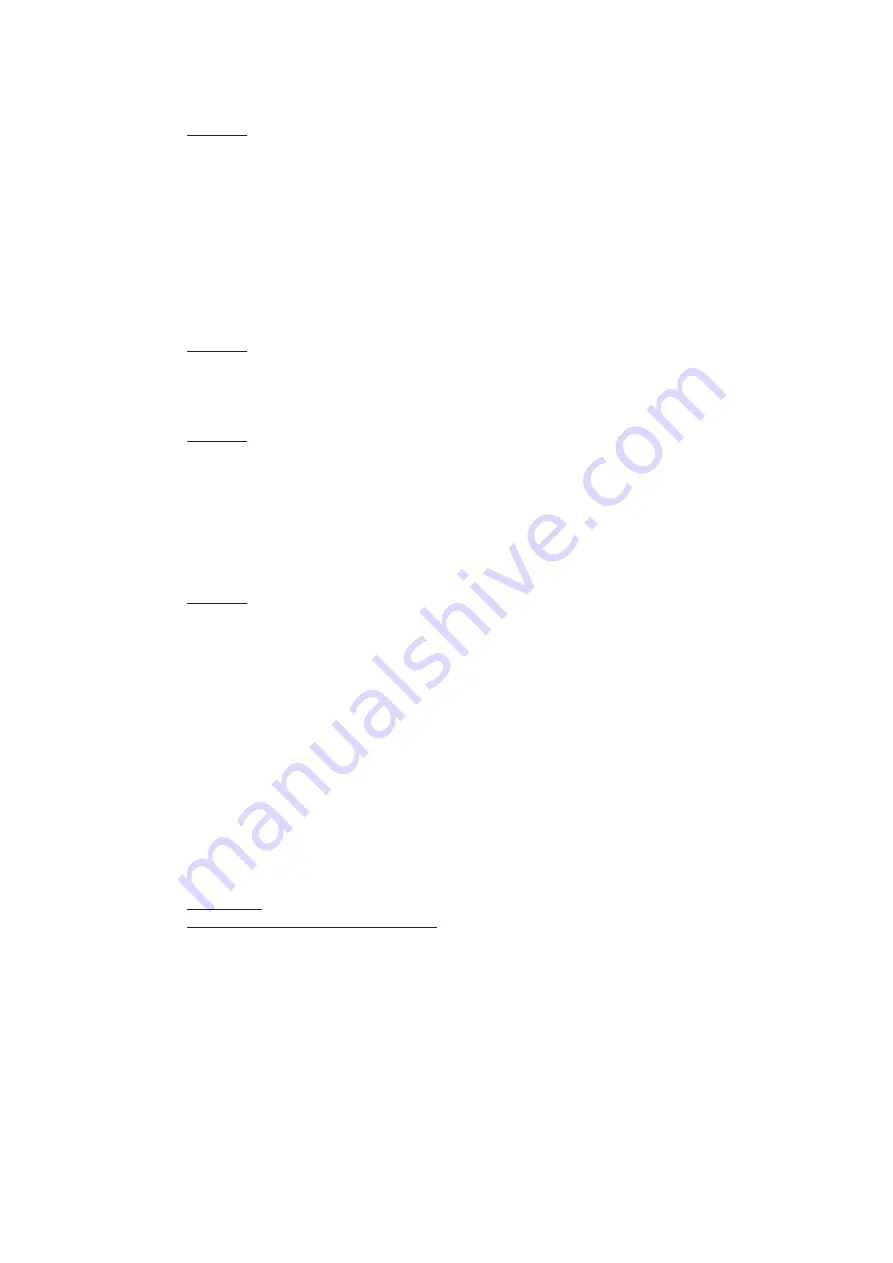
15
RETURN TEMPERATURE CONTROL
System 9:
The integrated mixing valve (A2=OPEN,
A3=CLOSED) controls the return temperature
to the heat generator at the minimum return
temperature set, P57.
If this temperature is not reached in the heat
generator, then the mixing valve is closed
completely. If the return temperature at the
storage cylinder exceeds this value, the mix-
ing valve is opened completely.
57 Minimum return temperature
System 9:
This temperature is controlled by the mixing
valve.
58 Mixing valve differential when OPENING
System 9:
Valve reaction speed setting when opening.
The valve will only open after the return tem-
perature has exceeded the set value [P57],
plus a set temperature interval in °C. Once
these conditions have been ascertained, the
valve will open without interruption.
59 Mixing valve differential when CLOSING
System 9:
Mixing valve dynamics when closing. The
valve will only close after the return tempera-
ture has fallen below the set value [P57], less
a set temperature interval in °C. Once these
conditions have been ascertained, the valve
will close without interruption.
b
Low values cause a rapid duty cycle of
the mixing valve and may cause swings.
KICK PUMP FUNCTION (check temperature
function)
By activating the collector pump for a short
period, the heat exchange fluid heated by the
collector flows past the probe, allowing the
collector temperature to be measured.
System 2, 9: No function
Systems 1, 3, 4, 5, 6, 7, 8, 10, 11, 12, 13:
60 Kick duration [sec]
Duration of collector pump operation for the
kick pump function.
61 Kick pause [min]
If the collector pump is not operating for the
time set here, then it is started for the "Kick
duration" [P 60].
62 Monitoring time for 0.5°C increase [min]
In this period of time after the kick pump
function is activated, the trend in the collector
temperature is monitored.
If the temperature increases by at least 0.5°C,
the pump is activated for another minute.
FROST PROTECTION
63 Frost protection temperature
If the temperature of the solar collector falls
below the set frost protection temperature, the
collector’s pumps are switched on.
The pumps are switched off again when
the temperature of the collector rises to 2°C
above the set frost protection temperature.
ESTIMATED PRODUCTION / FLOW METER
During the operation of the collector pump,
the impulses from an optional flow meter are
counted (see connection diagram: Impulse).
Based on the flow measured (by entering the
value per flow meter impulse for [P70]) and
the temperature difference between F1 and
F4, the controller can calculate the amount of
solar heating produced.
b
If on these systems probe F2 is installed
as a return circuit probe for the col-
lector, then the temperature difference
between the heat generator and F2 is
calculated; if this is not the case, F4 will
be used.
b
System 4: For system 4 solar heating pro-
duction is calculated for both collectors.
Consequently, if both collector pumps
are on, the heat flows are calculated
based on the proportion of flow [P72].
To make the calculation the type of heat
exchange fluid in the system must be set
(type of glycol = [P79]) and the proportion of
water in the mixture [P78].
The daily and total production are displayed
in [kWh]; for values over 10 MW the total pro-
duction is displayed in [MWh]. This change
is indicated on the display by three arrows.
At midnight the daily production value is set
back to zero. Both values can be set to zero
manually in the user level by pressing the
“OK” button.
b
When measuring production using a
pulse transducer, the circulating pump
must not be active by setting parameter
P54=2.
b
If a pulse transducer is not installed,
the
production value can be estimated
.
To do this, enter the average flow-rate
through the corresponding collector with
the pump operating [P75]+[P76]. The
flow can be determined by installing a
pump operating hour counter or by cal-
culation (installer).
b
The estimated production using a vari-
able speed pump controlled by A1
does not give a correct value, as the
















































